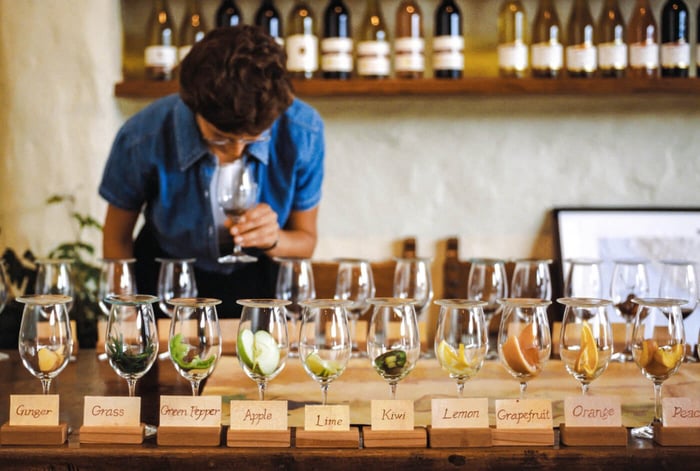Unlocking the Language of Wine
Wine tasting notes can be intimidating to read and understand, especially if you're new to the world of wine. However, with a little bit of knowledge and practice, anyone can learn how to decipher wine tasting notes and better appreciate the nuances of a good bottle. Here are some tips on how to understand wine tasting notes.
Familiarize Yourself with the Basics
Before diving into wine tasting notes, it's helpful to understand some basic terminology. For example, words like "tannin," "acidity," and "body" are commonly used to describe wine, and each has a specific meaning. Tannins refer to the texture of the wine, acidity refers to its sharpness or sourness, and body refers to its weight and mouthfeel.
Understand the Structure of a Wine Tasting Note
A typical wine tasting note will start with an overall impression of the wine, followed by a description of its appearance, aroma, and taste. The note may also include information about the wine's origin, grape variety, and aging process.
Here is an example of the tasting notes for Giacondi Pinot Grigio. Notice how the notes state the nose, palate, notes and finish
Look for Specific Details
As you read a wine tasting note, pay attention to the specific details mentioned. For example, does the note mention the aroma of berries or spices? Does it describe the taste as "fruity" or "earthy"? These specific details can help you better understand what to expect from the wine.
Consider the Context
It's important to remember that wine tasting notes are subjective and can vary depending on who is doing the tasting. Additionally, the context in which the wine is being tasted can also impact the note. For example, a wine tasted at a restaurant with a rich, heavy meal may taste different than the same wine tasted on its own.
Practice, Practice, Practice
The best way to get better at understanding wine tasting notes is to practice tasting wine yourself. Pay attention to the wine's appearance, aroma, and taste, and try to identify specific flavors and textures. Then, compare your own notes to those of others to see if you're picking up on similar characteristics.
Understanding wine tasting notes can be a daunting task, but with some basic knowledge and practice, anyone can learn to decipher them. By paying attention to specific details, considering the context, and practicing your own tasting skills, you can become a more confident and knowledgeable wine drinker.





